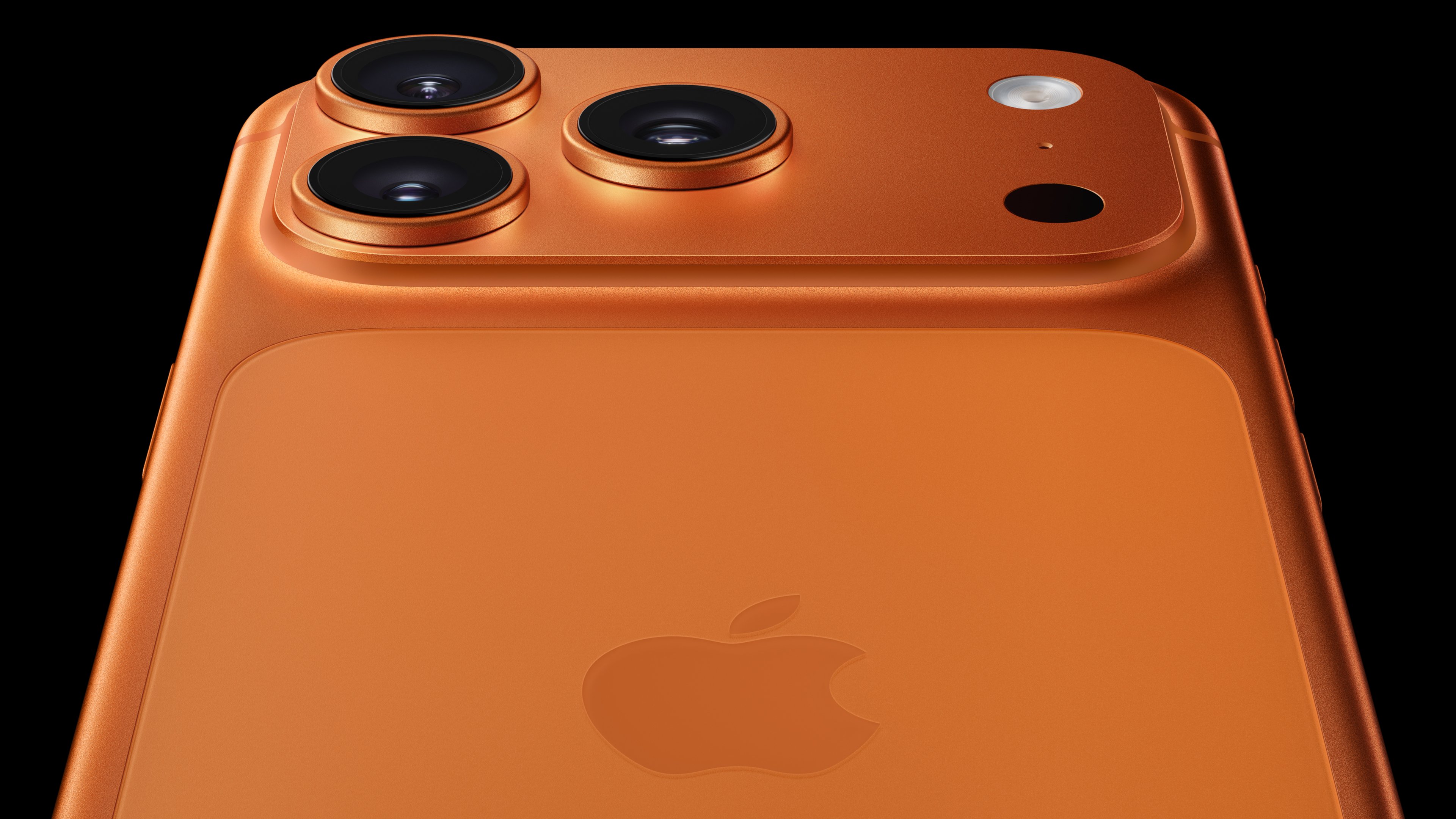According to Japanese blog Mac Otakara, Apple's (AAPL 0.75%) next-generation iPad Pro series of tablets -- which will apparently come in three sizes -- is set to arrive in the spring of 2017. Mac Otakara listed some features expected to be included in the upcoming tablets, such as True Tone wide-color displays and 12-megapixel iSight cameras.

Image source: Apple.
Separately, according to Bloomberg, the next-generation iPad models will also include support for a "faster display technology."
It's clear that all the secrets of Apple's next-generation iPad models have yet to be revealed. Today, I'd like to go over one feature I'd like to see on Apple's next-generation tablets.
Giving the new iPads a sense of depth
With the iPhone 6s series of smartphones launched in late 2015, Apple introduced a technology known as 3D Touch. In Apple's own words, 3D Touch "senses how deeply users press the display, letting them do more than ever with [developers'] apps and games."
The company touted it as a pretty big deal, making its omission from the current iPad lineup a bit awkward.
Back in late 2015, AppleInsider said -- citing "a source familiar with the matter" -- that Apple apparently found that it couldn't take the 3D Touch technology used in the iPhone 6s series devices and bring it to larger-format displays. AppleInsider's source also claimed that Apple, at the time, was "working on a comparable technology for integration in both iPhones and iPads."
Apple has had a while to work on building 3D Touch technology aimed at iPad-sized devices, so it'd be be nice to see the company's 2017 iPad lineup offer 3D Touch capability.
Why must Apple bring 3D Touch to the iPad Pro line?
There's little doubt that 3D Touch will add bill-of-materials cost if it's included in a future iPad -- that's on top of the technical hurdles the iDevice maker apparently must grapple with to even get 3D Touch added to larger-screen devices.
However, I think it's important that Apple bring this technology to the iPad as quickly as possible.
Remember that virtually every new iPhone sold today, aside from the low-cost iPhone SE, includes 3D Touch support. The installed base of 3D Touch-capable iOS devices is now very large and growing, and it won't be long before the bulk of iOS device owners come to expect that 3D Touch is simply part of the iOS platform -- and not just the iPhone.
Indeed, Apple made significant changes to iOS10, its latest version of iOS, to make 3D Touch a more integral part of the iOS experience. It's going to be tough to explain to customers why the expensive new iPad that Apple is trying to sell doesn't include a feature that they've become accustomed to having on the device.
Additionally, with such a large portion of the iOS device installed base now using 3D Touch-enabled devices, developers are likely to increasingly find value in integrating 3D Touch into their applications. It would be a shame if developers couldn't bring those same 3D Touch features to the iPad-focused versions of their applications.
Finally, 3D Touch on the iPad would simply be a nice, innovative selling point. It wouldn't be enough to carry the next-generation iPad models to sales success, but combined with other interesting features, the new devices could bring enough to the table to get owners of older iPad models to finally upgrade.






